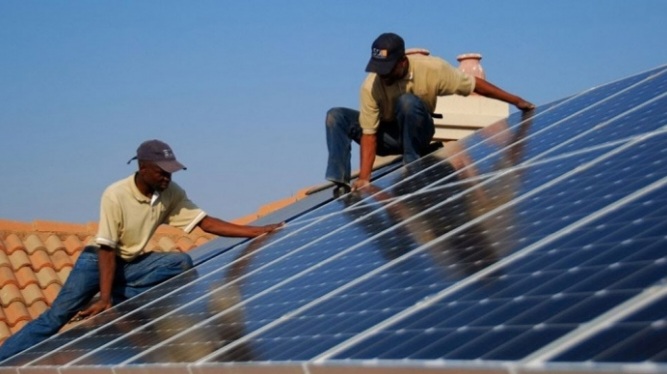How I Boosted Solar Output by 20% Using This One Simple Setup Change
I’ve been in the solar installation field for years, and if there’s one thing I’ve learned, it’s that tiny tweaks can make massive differences. A while back, I revisited one of my installations — a 3.5kW rooftop system that was performing well but not great. The panels were new, the inverter was efficient, and the batteries were healthy. Still, the solar output was consistently lower than expected.
After running a few tests and checking the numbers, I made one simple setup change — and boom — the system’s solar output jumped by almost 20% overnight. It was a lightbulb moment that completely changed how I approach system design and installation.
In this post, I’ll walk you through exactly what I did, why it worked, and how you can replicate it on your next job.
The Problem: Great Setup, Poor Yield
Like many of you, I follow the standard checklist:
- Correct inverter sizing ✅
- Proper wiring and earthing ✅
- Clean, shade-free panels ✅
- Balanced loads ✅
Still, the system wasn’t delivering expected output, especially during midday — when solar should be at its best. The readings were about 15–20% lower than my solar sizing calculations projected.
So, I went back to basics and examined everything — orientation, tilt, cabling, inverter settings, and even the module layout. That’s when I found the hidden culprit.
The Discovery: Suboptimal Tilt and Orientation
The panels were installed flush with the roof at a 10° tilt angle, which looked great visually but wasn’t optimal for the location’s latitude. Nigeria, for example, sits roughly between 4°–14° north, meaning the ideal tilt angle should be between 15°–20° for maximum yearly output.
Because the panels were flatter than ideal, they weren’t capturing enough sunlight — especially during the early morning and late afternoon hours.
I decided to make a small but powerful change:
👉 Adjust the tilt angle from 10° to 18° and fine-tune the azimuth orientation to face directly south (180°).

The Result: A Clear 20% Solar Output Boost
Within 24 hours of adjustment, the difference was obvious.
- Peak wattage readings climbed steadily.
- Battery charge times reduced.
- Daily energy harvest increased by almost 20% (confirmed via inverter logs).
It wasn’t a panel, inverter, or cable issue — it was all about optimizing sunlight capture. The system finally performed the way the data sheets promised.
Why This Works: The Science Behind It
Solar panels generate electricity based on incident sunlight — the more perpendicular the sunlight hits the panel, the more efficient it becomes. Even a few degrees off from the optimal angle reduces the total irradiance captured.
When your panels are too flat:
- They lose exposure during early and late sunlight hours.
- Dirt and water can accumulate more easily, reducing efficiency.
When your panels are too steep:
- You miss some midday sunlight.
The sweet spot is hitting that local latitude angle, where you maximize year-round production.
Bonus Tip: Use Smart Tools for Precision
You don’t need to guess angles or manually crunch numbers. I use the Globisun app for solar sizing, shading simulation, and tilt optimization.
It calculates:
- Best tilt angle based on your exact location.
- Daily and monthly solar output estimates.
- System losses from wiring, inverter efficiency, and shading.
This ensures your design phase matches real-world conditions — no more surprises after installation.
Other Small Adjustments That Help
While tilt and orientation gave me the biggest boost, here are other small tweaks that add up to better solar output:
- Use thicker DC cables for longer runs to reduce voltage drop.
- Keep panels clean — even light dust can cut output by 5–10%.
- Check MC4 connectors regularly to prevent resistance losses.
- Align strings properly for uniform current flow.
Each small optimization builds toward your system’s maximum rated performance.
Conclusion
Sometimes, improving your solar output isn’t about upgrading hardware — it’s about working smarter with what you already have. That 20% performance gain came from a single tilt adjustment, backed by smart sizing and location analysis.
If you’re serious about delivering top-performing systems, don’t overlook the basics. Use precise tools like the Globisun app to calculate your ideal tilt, azimuth, and system losses.
Remember: the sun gives you free energy — your job is to make sure your system captures every bit of it efficiently.







